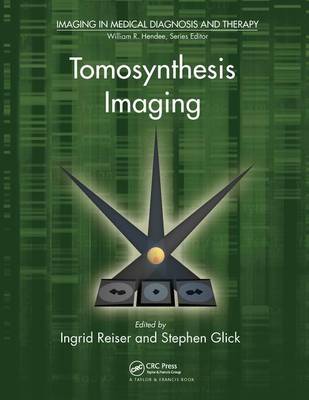Imaging in Medical Diagnosis and Therapy
1 total work
Tomosynthesis Imaging
An innovative, three-dimensional x-ray imaging technique that enhances projection radiography by adding depth resolution, Tomosynthesis Imaging explores tomosynthesis, an emerging limited-angle tomographic imaging technology that is being considered for use in a range of clinical applications, and is currently being used for breast cancer screening and diagnosis. While conventional mammography has been very successful in reducing breast cancer mortality, it is not perfect. A major limitation of mammography is that the recorded image represents the superposition of complex three-dimensional structures in the breast onto a two-dimensional plane, making detection and diagnosis of breast cancer challenging.
Tomosynthesis produces quasi-three-dimensional images that can significantly enhance the visualization of important diagnostic features. This book highlights the flexibility of tomosynthesis systems for new clinical applications, and provides a detailed discussion of the tomosynthesis acquisition process and the impact of physical factors. It explores such topics as acquisition parameters, system components, modeling, image reconstruction algorithms, and system evaluation.
- Provides in-depth coverage of system design considerations, as well as image reconstruction strategies
- Describes the current state of clinical applications of tomosynthesis, including imaging of the breast and chest, as well as its use in radiotherapy
- Illustrates the merits of tomosynthesis imaging and its potential clinical applications in imaging of the breast and chest, as well as for radiation therapy
Divided into five sections, this text delves into the history and development of tomosynthesis. It introduces tomosynthesis imaging, discusses imaging system design considerations, and reviews image reconstruction algorithms that have been developed for tomosynthesis. It also describes system evaluation methodologies, emphasizes current clinical applications, and examines the future direction for tomosynthesis.
